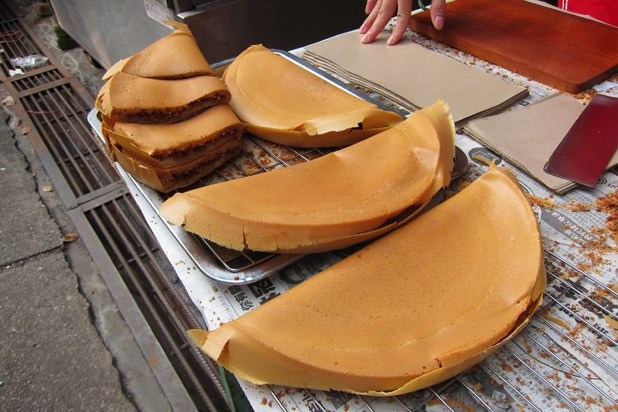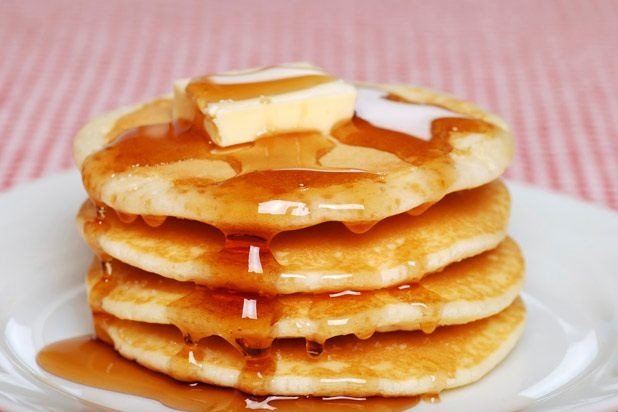12 Pancakes Around The World (Slideshow)
An aebleskiver is a traditional Danish pancake in a distinctive shape of a small ball. It's prepared in a special frying pan and molded to create the round shape. Aebleskiver can be found throughout Scandinavia, and are often served around Christmas along with a mulled wine.
Mexico: Hotcakes
Mexican hotcakes are similar in style to pancakes served in the U.S, but are more often made with cornmeal instead of, or in addition to, wheat flour. Common hotcake toppers are condensed milk, fruit jam, or a sweet goat milk spread called cajeta.
Malaysia: Apam Balik
There are several variations of the sweet apam balik, also known as Malaysian peanut pancakes. The pancake is usually filled with a ground roasted peanuts, sweetened dried coconut, corn, bananas, and sugar, and is often sold by street vendors. The sweet dessert comes in thick and thin variations, and is pan-fried on one side, stuffed with the filling, and folded in half.
India: Malpua
The sweet deep-fried malpuas are common in North and East India, and are eaten especially around Holi (the festival of colors) and other special occasions. The batter for malpuas varies from region to region, but is commonly a mix of sweetened condensed milk, flour, semolina, fennel seeds, and cardamom. The pancakes are deep-fried and dipped in a simple syrup of sugar and water.
France: Crêpes
French crêpes have become popular in several countries around the world. The thin and wide pancake is often filled with sweet fillings such as a simple dust of sugar and lemon, berries, or melted chocolate, or savory fillings such as ham and cheese. Crêpes are extremely versatile, and today there are countless of variations for both the batter and the fillings.
U.S.: Buttermilk Pancakes
Traditional American pancakes are often some version of the versatile buttermilk pancake. Adding baking powder to the egg, buttermilk, sugar, and flour mix allows the pancakes to rise and get their signature thick and fluffy look. Additional ingredients vary to include everything from blueberries to chocolate chips, and a stack of pancakes is often topped with a generous helping of maple syrup and a pat of butter.
Germany: Pfannkuchen
German pancakes are quite similar to the French crêpes — large and thin — but are slightly thicker than the French version. Pfannkuchen are traditionally topped with sugar, rolled up, and eaten, or are topped with a sweet filling such as apple or a savory topping like cheese. Different from the American tradition of eating pancakes for breakfast, Germans enjoy these pancakes mostly during lunch or dinner.
Poland: Naleśniki
Naleśniki are the Polish version of the common Eastern European blintz, crepe-like pancakes filled with various — often sweet — fillings. Naleśnik z Serem, or a Polish sweet cream cheese pancake, is a popular version of the thin pancakes, filled with a sweet mix of sugar, farmer's cheese, and egg yolk.
Uganda: Kabalagala
Kabalanga are typical pancakes of Uganda, also known as banana pancakes. The sweet patties are made of mashed ripe bananas and cassava flour, and are deep-fried. Traditionally, a specific type of banana, the ndizi banana, is used for the pancakes, but it can also be substituted with plantains.
Australia: Pikelets
In Australia, the small and thick pancakes called pikelets are popular as a snack or are served with afternoon tea. Pikelets can also be purchased ready-made in grocery stores, and heated up or served cold. Topping often include jam and whipped cream.
Greece: Tiganites
With roots dating back all the way to the sixth century B.C., the Greek pancakes tiganites are still a popular breakfast throughout Greece. Made with olive oil in the batter, the pancakes are usually served drizzled with honey, cinnamon, fruits, and nuts, or a soft goat's milk cheese called Anthotyro. On the Island of Corfu, there is even a religious festival held on Dec. 12, where traditional "tiganites tou Aghiou" or "the Saint's Pancakes" are served in honor of the island's patron Saint Spyridon.
Austria: Kaiserschmarrn
This classic Austrian treat is made of very thick and custardy pancakes, which are fried in butter, and torn into bite-sized pieces to finish the browning process. The pieces of pancake — which often incorporate raisins in the batter — are then served with fresh or preserved fruit. Some legends say that kaiserschmarrn were first served to Emperor Franz Joseph I around the turn of the 20th century.
